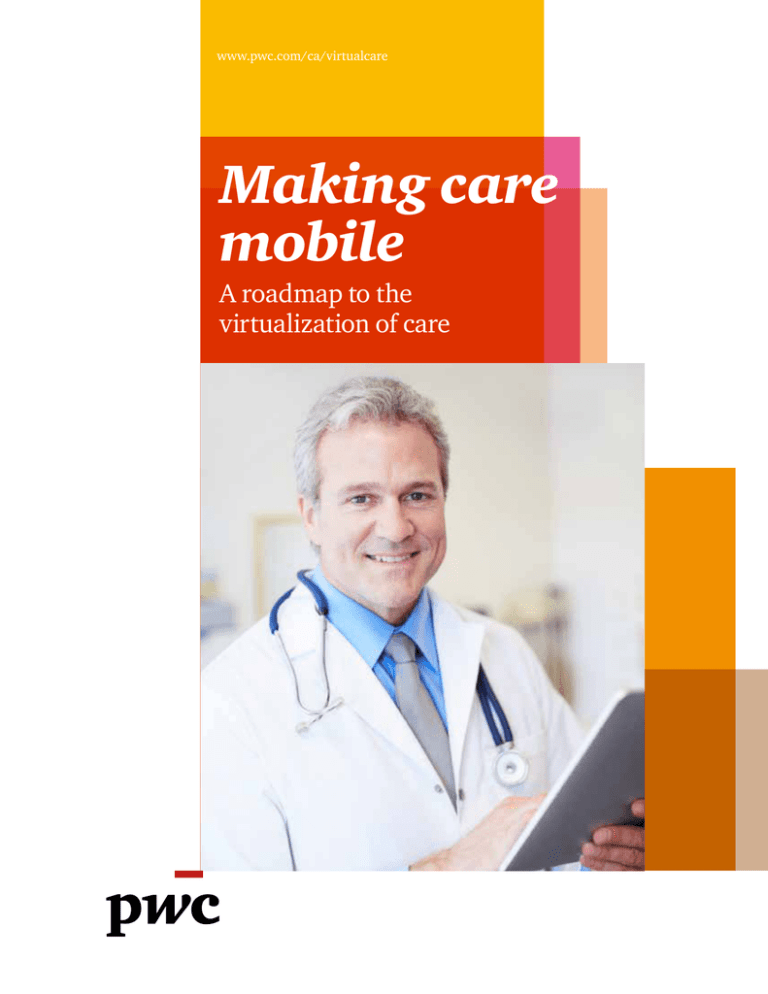
www.pwc.com/ca/virtualcare
Making care
mobile
A roadmap to the
virtualization of care
A roadmap to the
virtualization of care
As services in nearly every aspect of daily life become digitized,
Canadians are demanding greater access to their information
and more personalized experiences.
In our recent study, Making care mobile: shifting
perspectives on the virtualization of care, Canadians
indicated that they want three things: to engage
proactively in their health, to gain easier access to
services and to exert more control over their care.
At the same time, costs for delivering care are climbing, budgets are tightening, and
an aging population have increased care needs. Virtual health (vHealth) and mobile
health (mHealth) solutions have the capacity to address these issues.
Emerging care models can feature vHealth and mHealth solutions that advance the
quality and safety of care, increase accessibility, reduce costs, enhance client selfcare and improve the overall experience for patients and their families. But with
so many factors to consider before virtual care can be implemented, where should
health care leaders start?
What’s virtual health?
Virtual health (vHealth) allows health care professionals
to collaborate with each other and deliver care remotely.
This means health care providers can collect patient
data and deliver care from a different location than the
patient, using technologies such as video conferencing,
so that patients can receive care from the comfort of
their own home or in their local community.
2
Making care mobile: A roadmap to the virtualization of care
What’s mobile health?
Mobile health (mHealth) is the use of wireless tools to
deliver and access virtual care and health information.
Often, virtual health services will be delivered using
mobile devices. The device could be a cellphone or tablet,
a wireless medical monitor or some other device that’s not
on the market yet. A doctor, nurse and/or patient could
use these devices to communicate, share information, or
monitor health in many different situations.
“By 2020, 25% of health will be
delivered virtually.”
—Dr. Ed Brown, CEO, Ontario Telemedicine Network
Health care organizations need to consider these key steps:
Mobile strategy roadmap
Because each health care organization is
unique, a mobile strategy roadmap that
prioritizes opportunities for virtual care
across stakeholder segments will help leaders
determine their approach to implementation.
The roadmap should take into consideration
current opportunities for virtual care delivery,
the value virtual care would offer stakeholder
groups, a high-level cost-benefit analysis as well
as the level of effort to execute.
Mobile application inventory
Leading health care organizations should
be developing an inventory of applications
currently in use and determine which should
be transitioned to mobile and when. This will
enhance health service delivery in the future
and help align IT infrastructure with the overall
organizations’ strategic objectives, maximizing
the return on investment.
Bring Your Own Device
Health care organizations will need to establish
a Point of View or policy on Bring Your Own
Device (BYOD). In addition to considering
BYOD for staff and providers, leaders should
consider ways to allow patients and families
to manage and track their care using their
personal devices. This should be based on a
review of the current operating environment,
your IT strategy and mHealth readiness
assessment.
Apps formulary
Health care organizations need to develop and
publish an Apps formulary that provides staff
and patients with a list of apps that have been
approved for use. This list will help providers
safely and securely recommend mHealth tools
for patients.
www.pwc.com/ca/virtualcare
3
www.pwc.com/ca/virtualcare
Our approach
The move towards the virtualization of care is already happening
across Canada.To help your organization begin this transition,
we bring a unique understanding of health care needs, crossindustry knowledge and leading best practices in virtual care
transformation.
Interested to learn more about the findings?
Contact our local public sector professionals to request a briefing.
For more information, please contact:
William Falk
National Health Industries Leader
416 687 8486
william.f.falk@ca.pwc.com
@willfalk
Wayne Samuels
Partner, Consulting & Deals
416 869 2433
wayne.samuels@ca.pwc.com
John Moore
National Public Sector Leader
613 782 2983
john.moore@ca.pwc.com
Genevieve Bonin
Ontario Public Sector Lead
416 815 5191
genevieve.m.bonin@ca.pwc.com
Mike Harris
British Columbia Public Sector Lead
604 806 7711
mike.harris@ca.pwc.com
Daniel Cadoret
Quebec Public Sector Lead
418 691 2433
daniel.cadoret@ca.pwc.com
Robert Reimer
Manitoba & Saskatchewan Public Sector Lead
204 926 2442
robert.j.reimer@ca.pwc.com
Shawn Porter
Atlantic Public Sector Lead
902 491 7469
shawn.porter@ca.pwc.com
© 2014 PricewaterhouseCoopers LLP, an Ontario limited liability partnership. All rights reserved. PwC refers to the Canadian member firm, and may
sometimes refer to the PwC network. Each member firm is a separate legal entity. Please see www.pwc.com/structure for further details. 3239-26-0514


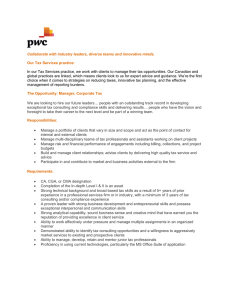

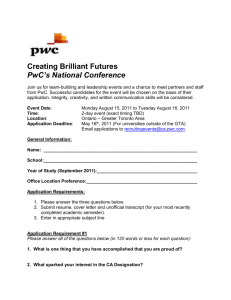
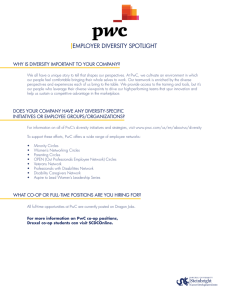

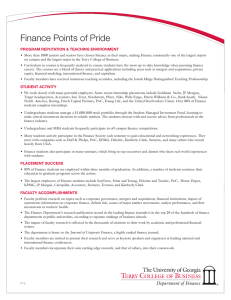
![(On client's letterhead) [Debtor] – [Address]](http://s2.studylib.net/store/data/015619376_1-634457b7baedfa32fb5e3856cbcd37b7-300x300.png)